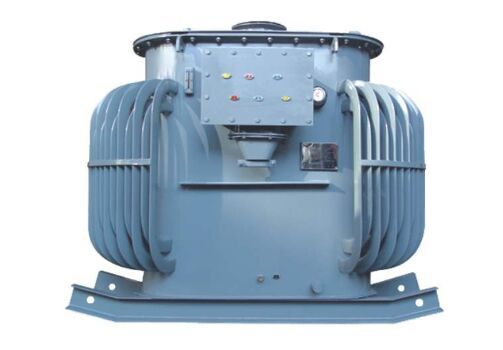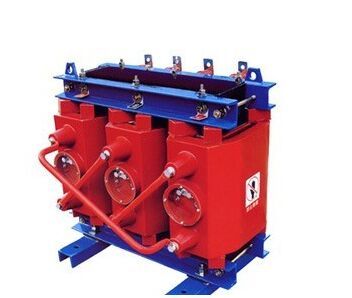Dry transformers are required in comprehensive buildings (basements, floors, roofs, etc.) and densely populated fields. The oil transformer is used in an independent substation. The transformer in the box substation is generally dry. Oil transformers are generally used for temporary outdoor electricity use. During construction, choose dry and oil changes according to space. When the space is large, you can choose oil changes, and when space is more crowded, choose dry changes.
The regional climate is relatively humid and sultry, and it is easy to use oil. If dry change is used, forced air cooling must be provided.

1. The appearance of the package is different. Dry-type transformers can directly see the iron core and coil, while oil-type transformers can only see the transformer shell.
2. Different lead types. Most dry-type transformers use silicone rubber bushings, while most oil-type transformers use porcelain bushings.
3. Dry-type transformers with different capacities and voltages are generally suitable for power distribution(dry transformer: classification of transformer). Most of the capacity is below 1600KVA, and the voltage is under 10K. Some have a voltage of 35KV, while oil-type transformers can achieve full capacity from small to large. The voltage level has also achieved all voltages. The UHV 1000KV test line under construction in China must be an oil-type transformer.
4. Insulation and heat dissipation are different. Dry-type transformers are generally insulated by resin and rely on natural air cooling. Large capacity is cooled by fans, while oil-type transformers rely on insulating oil for insulation. The circulation of insulating oil inside the transformer reduces the heat generated by the coil. The heat is dissipated on the heat sink of the transformer.

5. Applicable places Dry-type transformers are mostly used in places that require "fire and explosion-proof". Generally, they are easy to use in large buildings and high-rise buildings. However, oil-type transformers may spray or leak after an accident, causing fires(Dry Distribution Transformer choose the factor). It is used outdoors, and there is a place for digging an "accident oil pond".
6. The load-bearing capacity is different. Generally, dry-type transformers should be operated under rated capacity, while oil-type transformers have better overload capacity.
7. The cost is different. For transformers of the same capacity, the purchase price of dry-type transformers is much higher than that of oil-type transformers.
Dry-type transformers generally start with SC, epoxy resin casting encapsulation, SCR non-epoxy resin casting solid insulation encapsulation, and SG open type. Most dry-type transformers use silicone rubber bushings, while most oil-type transformers use silicone rubber bushings. Porcelain casing.